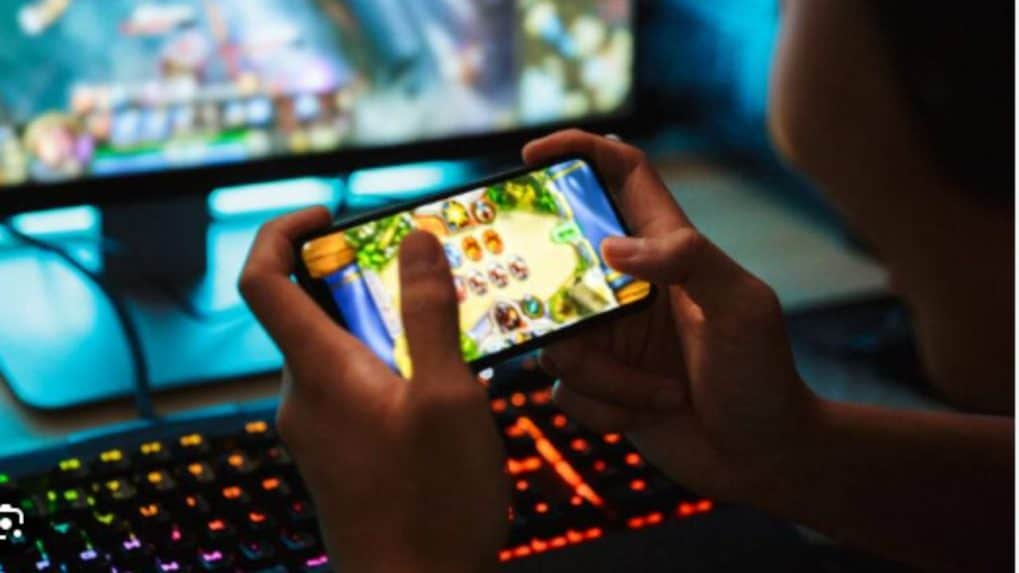Digital
Why OpenAI is hiring 100 ex-bankers: Inside the ChatGPT-maker's secret project to automate Wall Street's grunt work

India’s gaming market is evolving in the wake of the real-money gaming (RMG) ban. According to India’s Gaming Inflection: Non-RMG at Scale report by Mumbai-based consumer-tech VC fund Lightbox, nearly 75% of Indian gamers now spend on in-app purchases, with over 31% shelling out more than Rs 1,000 per month.
Crucially, the spending on in-app purchases cuts across both heavy gamers (two hours daily) and casual players (under 30 minutes), signaling broader monetization potential. The report findings underscore three clear trends shaping the non-RMG ecosystem - rising in-app purchases, increasing playtime, and a growing but cautious acceptance of ads.
As per the report, battle passes and subscriptions top the spending list with 40%, followed by cosmetics with 37% and unlockable content with 23%.
Player engagement is also intensifying, with 52.4% reporting higher playtime over the last five years. This surge reflects gaming’s growing role as a mainstream leisure activity across demographics and geographies.
Advertising, meanwhile, is emerging as a viable revenue stream, though with caveats. About 12% of respondents found in-game ads “annoying,” while 38% said they would stop playing if ad loads became excessive. The findings suggest that hybrid monetisation, combining small in-app spends with rewarded ads may be the most sustainable model for developers.
Advertising revenue in the Indian gaming sector grew 10% in 2024, with casual and hyper-casual games providing platforms for brands to engage younger audiences across Tier I–III cities.
With 420 million players and a young, mobile-first audience, India’s non-RMG gaming sector is set to scale rapidly.
The report further highlights that India had the largest gamer base after China in 2024, approximately 110 million daily gamers, growing at 5-6% CAGR. The Promotion and Regulation of Online Gaming Act, 2025 banned real-money games (RMG), outlawed their advertising and financial rails, and introduced strict penalties. This crystallised the regulatory risk around RMG while giving non-RMG games clear tailwinds and legitimacy.
Prior to the new law, RMG accounted for 83-86% of total revenues in the Indian gaming market. Non-RMG, which includes casual, mid-core, esports, and community-driven titles, now represents the fastest-growing opportunity.
Non-RMG games monetise through in-app purchases, advertising, subscriptions, and hybrid models. However, the FICCI-EY report projects in-app purchases in India will grow at 20% CAGR.
Further, esports revenue in India stood at $100 million in 2024, with sponsorships contributing 61%.
From Delhi’s sharp-tongued lyricists to Chennai’s bilingual innovators and North-East India’s experimental beatmakers, Rap 91 LIVE’s lineup was a sonic map of the country’s cultural diversity.
Read MoreAs WPP reels from revenue declines and vows sweeping restructuring, Publicis and Havas ride strong AI-led client demand. With Omnicom and IPG on the cusp of a historic merger, the global advertising landscape braces for a power realignment built on data, technology, and efficiency.